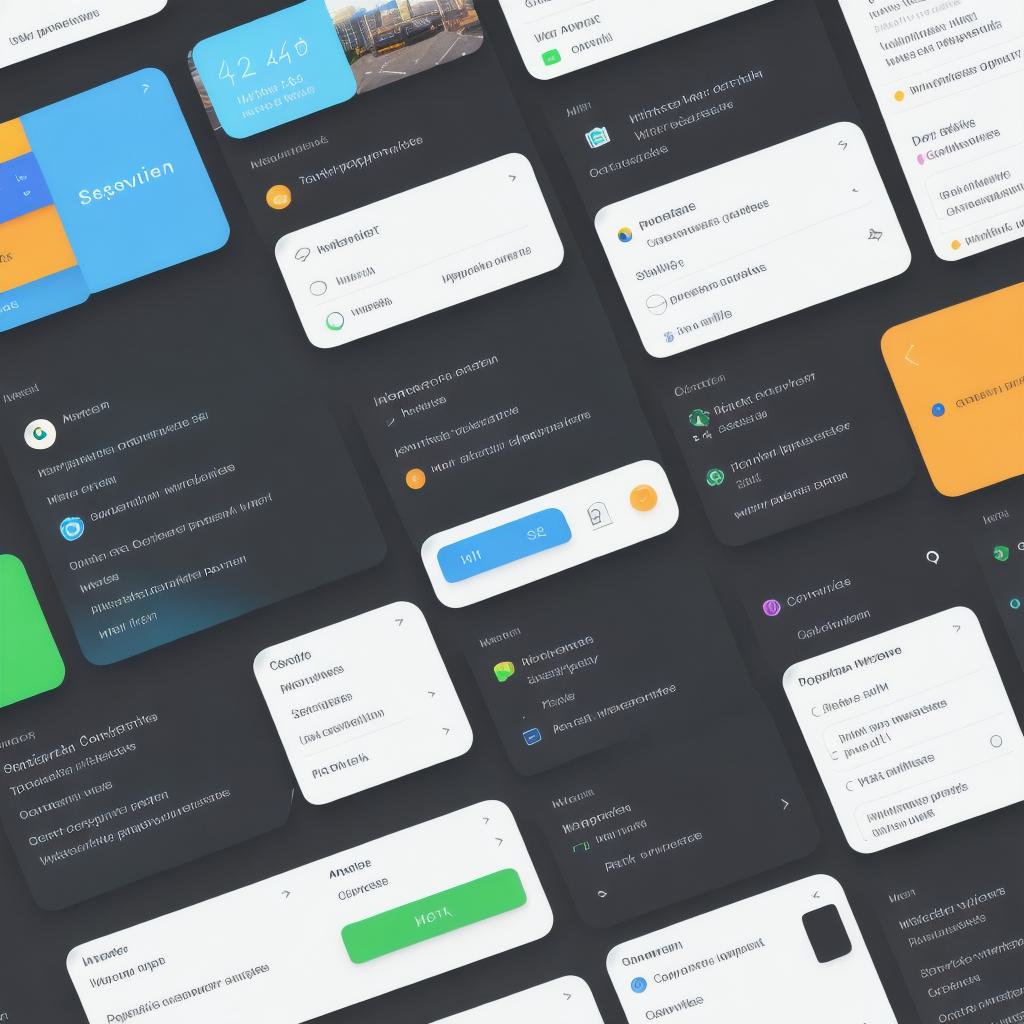Android architecture refers to the structure and organization of an Android app’s components and how they interact with each other. In this article, we will explore the different architectural patterns used in Android development, their advantages and disadvantages, and best practices for implementing them. We will also discuss how to choose the right architecture for your app based on its complexity, scalability, and maintainability requirements.

The main components of an Android app include activities, services, content providers, broadcast receivers, and content observers. Activities handle UI events and manage the lifecycle of the app, while services perform background tasks and handle long-running operations. Content providers manage the app’s data model and provide access to it through a standardized API. Broadcast receivers handle system-wide broadcasts, while content observers monitor changes to the app’s data model.
Different architectural patterns are used in Android development, including Model-View-Controller (MVC), ViewModel, Architecture Components, and Repository patterns. The MVC pattern separates an app’s model, view, and controller into three distinct components. The ViewModel pattern simplifies the MVC pattern by focusing on managing the app’s UI state. Android provides a set of architecture components that can be used to implement the MVC and ViewModel patterns, including Room for database access, LiveData for real-time data updates, and ViewModelProvider for managing the app’s UI state. The Repository pattern organizes an app’s business logic into repositories that handle specific use cases.
When choosing the right architecture for your app, consider its complexity, scalability, and maintainability requirements. If your app has a complex UI and multiple data models, then the MVC pattern might be the best choice. If your app has a simple UI and minimal data model, then the ViewModel pattern might be sufficient. If your app needs to scale horizontally or vertically, then the Repository pattern might be the best choice as it allows for easy separation of concerns and makes it easier to add new functionality. If you want to make it easy for other developers to understand and modify your code, then the Architecture Components might be the best choice as they provide a standardized way of implementing the MVC and ViewModel patterns.
In conclusion, understanding Android architecture is crucial for developers who want to create efficient, scalable, and easy-to-maintain apps. By exploring the different architectural patterns used in Android development, choosing the right architecture based on your app’s requirements, and implementing best practices, developers can create high-quality apps that meet the needs of their users. It is important to note that there is no one-size-fits-all solution when it comes to app architecture, and it is essential to consider the specific requirements of your app when making decisions about its structure and organization.
